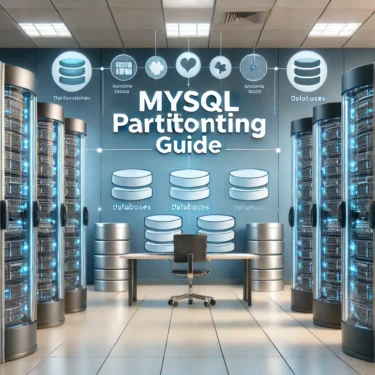目次
1. Overview of Connecting to MySQL
There are multiple ways to connect to MySQL, but here we’ll introduce three representative methods.1.1 Connecting Using the Command-Line Tool
Using a terminal (macOS or Linux) or Command Prompt (Windows) to connect directly from the MySQL client tool. The command-line tool is lightweight and flexible, suitable for remote server management and automation with scripts. It’s a connection method widely used by server administrators and developers.1.2 Connecting Using a GUI Tool (e.g., MySQL Workbench)
GUI tools like MySQL Workbench allow visual operation, making query execution and data management intuitive. The interface is beginner-friendly and especially useful for managing complex database structures and visualizing data.1.3 Connecting from Programs (e.g., PHP, Python)
In web application development, it’s common to connect to MySQL from programs such as PHP or Python. By using connection libraries, you can automatically execute queries against the database. Storing and retrieving data from the application becomes smooth.2. Command-line MySQL login procedure
2.1 Starting the Command Prompt or Terminal
First, on Windows launch the “Command Prompt”, and on macOS or Linux launch the “Terminal”. These tools are included with each OS by default, so no special installation is required.2.2 How to verify MySQL client tool installation
Once the terminal is open, run the following command to check whether the MySQL client tool is installed.mysql --version2.3 Basic login command syntax
The basic command to log in to MySQL is as follows.mysql -u [username] -p-u option specifies the username, and the -p option prompts for a password. When you enter this command, a password prompt will appear.2.4 Password entry considerations
After running the command, you will be prompted to enter a password. For security reasons, avoid typing the password directly on the command line and instead enter it at the prompt. Passwords entered at the prompt are not displayed on the screen, so enter them carefully.
3. Connecting Using Options
3.1 Connecting to a Specific Host
When connecting to a remote MySQL server, use the-h option to specify the host name.mysql -h [host] -u [username] -p3.2 Connecting by Specifying a Port Number
MySQL’s default port is 3306, but if it is configured to use a different port, use the-P option to specify the port number.mysql -h [host] -P [port] -u [username] -p3.3 Logging In While Specifying a Database
When logging into MySQL, you can specify a particular database from the start. This method helps improve efficiency in environments with many databases.mysql -u [username] -p [database]4. Basic Operations After Logging In
4.1 Display List of Databases
After logging in, to display a list of databases on the MySQL server, run the following command.SHOW DATABASES;4.2 Select a Specific Database
To select the database you want to work with, use theUSE command.USE [database name];4.3 Display List of Tables
To show the tables in the selected database, run the following command.SHOW TABLES;4.4 Display Table Contents
To view data from a specific table, use aSELECT statement.SELECT * FROM [table name];4.5 How to Log Out
To log out of MySQL, enter the following command.exit;5. Common Errors and Their Solutions
5.1 Error Messages and Causes
- Access denied for user error(Error code 1045)→ The username or password may be incorrect.
- Can’t connect to MySQL server error(Error code 2003)→ The server may not be running, or the host or port number may be incorrect.
5.2 Error Resolution
Below are specific solutions for the above errors.- Access denied for user:Recheck the username and password. Also verify the settings of security software and firewalls.
- Can’t connect to MySQL server:Check the server status. If connecting remotely, also verify network settings and firewalls.
- Too many connections error:Consult the administrator and adjust the
max_connectionssetting.
6. Security Considerations
6.1 Password Management
Use a strong password that combines uppercase letters, lowercase letters, numbers, and symbols. Regularly changing it is also recommended.6.2 Password Input on the Command Line
When logging in via the command line, avoid typing the password directly and use the-p option to prompt for input.


